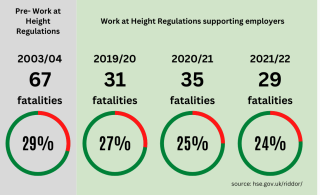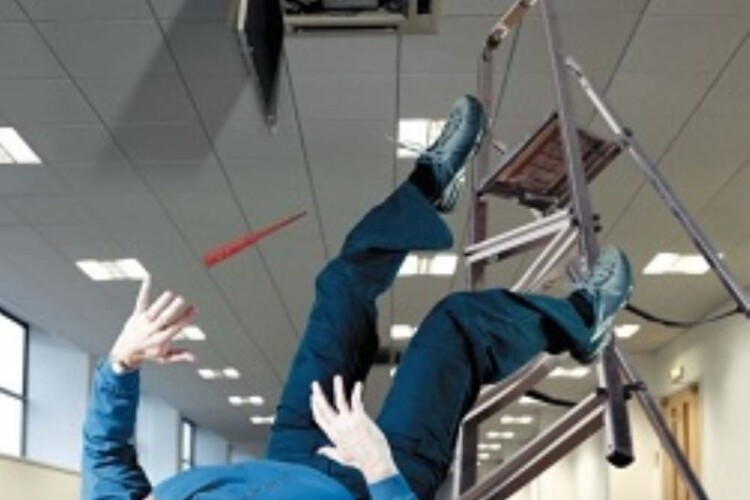Fatal falls in the workplace have halved since the Work at Height Regulations came into law in 2005. But, post Brexit, the government wants to “take back control”.
The Retained EU Law (Revocation and Reform) Bill, currently in parliament, is set to repeal 2,500 laws, including a range of workplace health and safety regulations, on 31st December 2023. Regulations relating to lifting (LOLER), manual handling and asbestos, the CDM regs and a raft of others are all to disappear in a year’s time.
There is an assumption that no government would be so stupid as to actually get rid of them and they will be replaced by identical regulations with a British flag on them. But there are more of these laws and regulations to work through than there is parliamentary time to consider each one .
The Access Industry Forum, an alliance of 10 organisations including the International Powered Access Federation IPAF), the National Access & Scaffolding Association (NASC) and the Ladder Association is campaigning to save the Work at Height Regulations (WAHR).
Just because WAHR was created in response to an EU directive – the Temporary Working at Height Directive (2001/45/EC) – does not make them unimportant, the alliance says.
In the year before WAHR came into effect there were 67 fatal falls in UK workplaces. These days fatal falls trend at around half that number. (See chart below.)
However, there is still further progress required. In its evidence to parliament, the Access Industry Forum (AIF) says: “The AIF believes these regulations must remain in place given falls are still the largest cause of avoidable deaths and life-changing injuries. Not only do falls from height have an enormous physical and emotional consequence for those involved and their loved ones, but there are also substantial knock-on effects to the wider economy and health service.


“While these statistics demonstrate there is still progress to be made, the introduction of WAHR brought about a significant reduction in workplace injury caused by falls from height. In 2003-04, the last full year of statistics available prior to the introduction of the regulations, there were 67 fatal accidents and 1,107 major injuries as a result of falling from a height, accounting for 28% of all major workplace injuries.”
AIF chair Peter Bennett said: “Employers don’t want falls from height in their workplaces. They want their workers to be safe and free from harm. They also want to avoid the investigations, negative publicity, delays, increased insurance premiums and upheaval of responding to an accident. The Work at Height Regulations is a compact piece of legislation that creates a useful framework for employers to manage the risks and avoid falls from height. The rules are straightforward and practical, they’re embedded in existing policies, procedures and training, and although they’re not perfect, the most important thing is that they work. I’m in no doubt that the Work at Height Regulations have saved lives and if this legislation cannot be rescued from the scrapheap, it’s workers who will pay the highest price of all.”
The AIF is asking anyone who cares about workplace safety to write to their member of parliament: ask them to push for the Work at Height Regulations to be assimilated into UK law and excluded from ‘sunset clauses’ within the EU Law (Revocation and Reform) Bill.
The AIF says: “If the Bill passes without specific reassurances on health and safety legislation, the fight will begin to persuade ministers to replace the Work at Height Regulations (2005) with a new domestic law offering equal protection for workers, before the automatic expiry date kicks in on 31 December 2023 – or at the very least to allow a ‘stay of execution’, permitted until June 2026, to allow further consultation.
“The big risk is this process could result in a ‘watered down’ version of the regulations, since the Bill allows replacement regulations to be made less burdensome but not more burdensome for employers and any changes can be pushed through without any stakeholder consultation or parliamentary debate.
“That’s why it’s so important to act now. It’s a crucial time for anyone involved in work at height, or with an interest in workers’ safety in the UK, to speak up for the protections that have been afforded to us for so long.”
Got a story? Email news@theconstructionindex.co.uk



